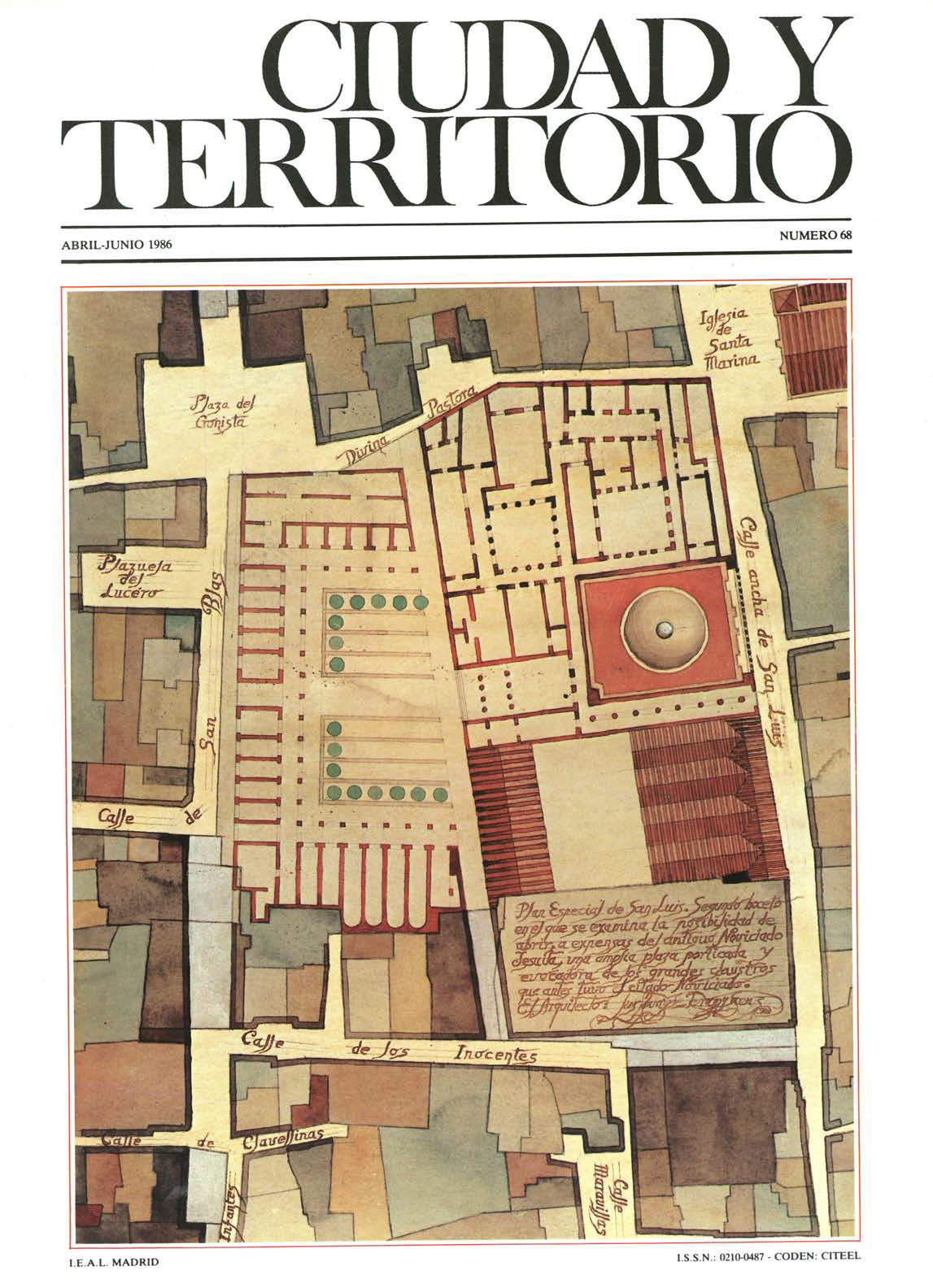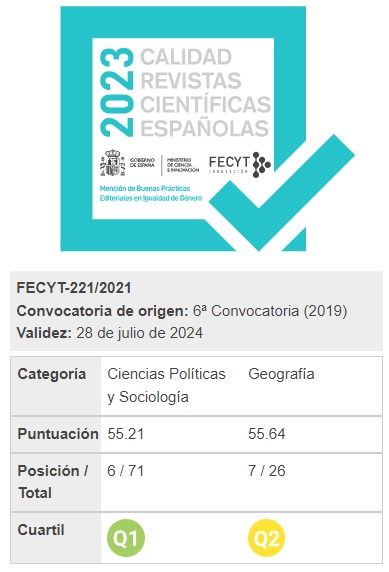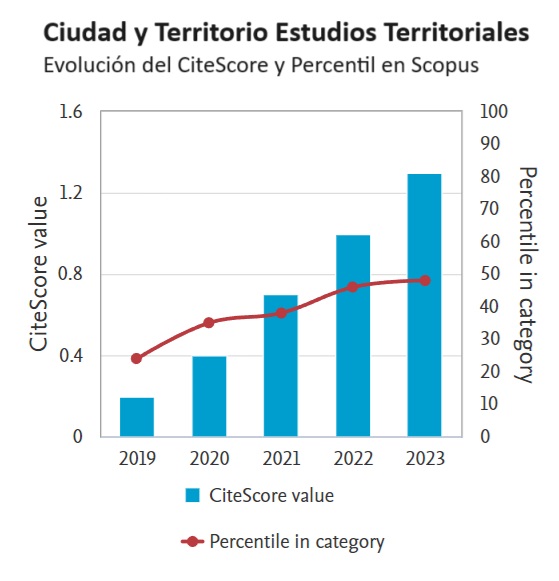An approach to some urbanistic aspects in Ardemans City Urban Regulations
Abstract
In 1719 Tcodoro Ardemans, Master of Public Works to the City of Madrid and Royal Architect, published an important study on City Urban Regulations in Madrid. So as to cover the insufficiencies in these at that time and in an attempt to palliate the ominous consecuences that the lack of a suitable legislative compendium had occasioned in the planning of the City of Madrid for several centuries. In the present article the historic importance of some aspects of the above mentioned study are analyzed, specifically those related to the «adornament» and «decorum» of the city namely the proceedings previous to starting a constructions. Governing its height and appearance, public health, safety precautions and damage prevention through the rational distribution of urban areas by trade groups; and their relations to historic precedents since 1561, when the Court is definitively established by royal decision in Madrid, which occasioned numberless unforseen urbanistic problems, not known prior to that date and whose consecuences in a number of cases would reach the epoch of Ardemans. His attitude to the previous norms a similar attempt undertaken by Juan de Torija in 1661 and the achievements in the theorical and practical fields brought about by his study in both these aspects are all evaluated in this article.
Downloads
Downloads
Published
How to Cite
Issue
Section
License
Copyright (c) 1986 Beatriz Blasco Esquivias

This work is licensed under a Creative Commons Attribution-NonCommercial-NoDerivatives 4.0 International License.
Considering the provisions of the current legislation on Intellectual Property, and in accordance with them, all authors publishing in CyTET give -in a non-exclusive way and without time limit- to the Ministry of Transport, Mobility and Urban Agenda the rights to disseminate, reproduce, communicate and distribute in any current or future format, on paper or electronic, the original or derived version of their work under a Creative Commons Attribution-NonCommercial-NoDerivative 4.0 license International (CC BY-NC-ND 4.0), as well as to include or assign to third parties the inclusion of its content in national and international indexes, repositories and databases, with reference and recognition in any case of its authorship.
In addition, when sending the work, the author(s) declares that it is an original work in which the sources that have been used are recognized, committing to respect the scientific evidence, to no longer modify the original data and to verify or refute its hypothesis. Author(s) also declare that the essential content of the work has not been previously published nor will it be published in any other publication while it is under evaluation by CyTET; and that it has not been simultaneously sent to another journal.
Authors must sign a Transfer of Rights Form, which will be sent to them from the CyTET Secretariat once the article is accepted for publication.
With the aim of promoting the dissemination of knowledge, CyTET joins the Open Journal Access (OA) movement and delivers all of its content to various national and international indexes, repositories and databases under this protocol; therefore, the submission of a work to be published in the journal presupposes the explicit acceptance by the author of this distribution method.
Authors are encouraged to reproduce and host their work published in CyTET in institutional repositories, web pages, etc. with the intention of contributing to the improvement of the transfer of knowledge and the citation of said works.








 Enlace a CyTET en Linkedin
Enlace a CyTET en Linkedin